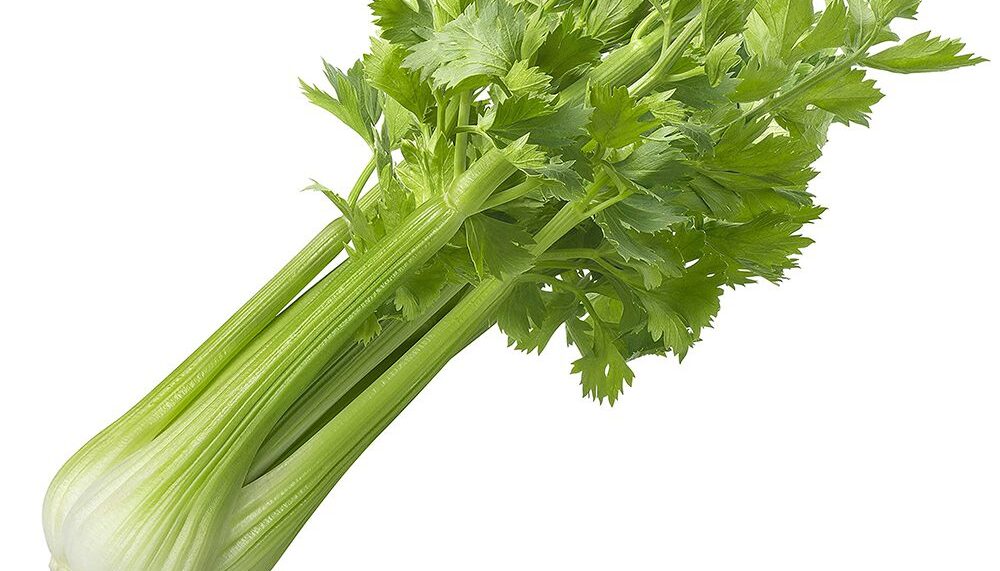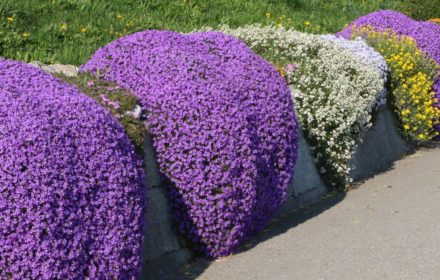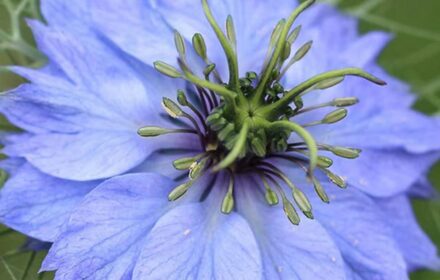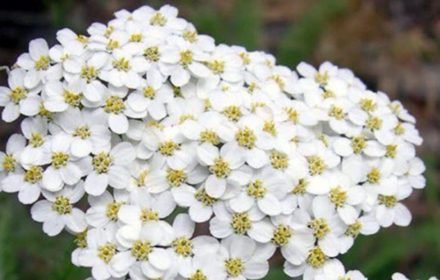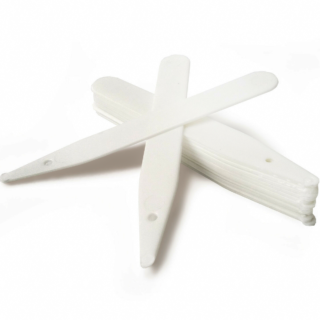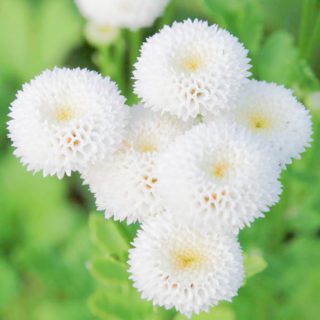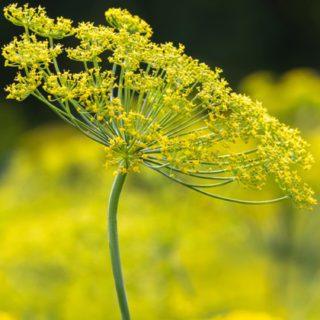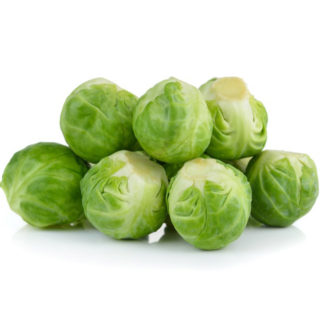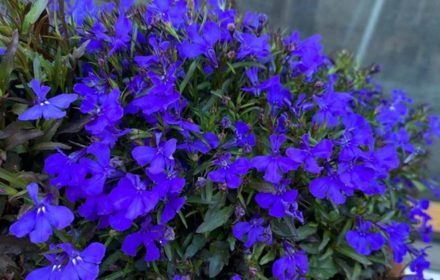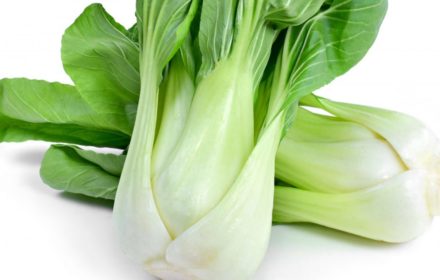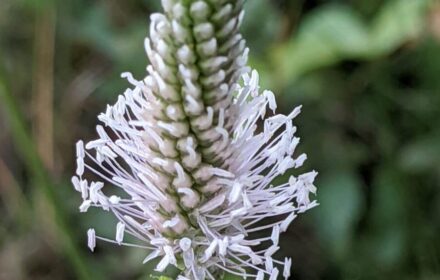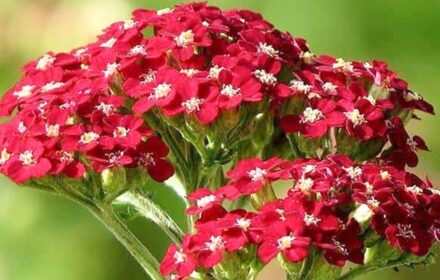How to Sow Giant Utah Celery Seeds
Giant Utah Celery, renowned for its crisp and succulent stalks, is a popular choice for home gardeners and commercial growers alike. With its delightful, mild flavour and versatile culinary uses, this variety is a must-have for your garden. In this guide, we’ll walk you through the process of successfully sowing and cultivating these remarkable celery plants
How to Grow Giant Utah Celery from Seed
- Soil Preparation Advice: Giant Utah Celery thrives in deep, rich, and well-draining soil. To prepare the ideal soil environment for these plants, start by ensuring the soil is adequately enriched with organic matter. Well-rotted compost or aged manure can be mixed into the soil to boost its fertility. Additionally, maintaining a slightly acidic to neutral pH level in the soil (around 6.0 to 7.0) will further encourage healthy growth
- Seed Sowing Advice: When sowing Giant Utah Celery seeds, it’s essential to cover them with approximately 1/8 inch of fine soil. Whether you’re starting them indoors or directly outdoors, follow these planting depth guidelines to ensure successful germination
- Seed Spacing: Maintain proper spacing between celery seeds or seedlings to allow them room to grow. For these plants, a spacing of 8 inches between them is recommended. This ample distance between plants promotes healthy growth and minimizes competition for nutrients and space
- Germination: For optimal germination, maintain a temperature above 13°C. Additionally, ensure that the soil remains consistently moist but not waterlogged during the germination process. You can also speed up germination by providing a stable, warm environment for the seeds
How to Care for Giant Utah Celery Seeds
- Maintenance: Giant Utah Celery demands consistent care throughout its growth cycle. Keep the soil consistently moist, as these plants don’t tolerate dry conditions well. Regular fertilization is also necessary to ensure they receive the nutrients required for robust growth. Remember to avoid exposing young plants to temperatures below 13°C for extended periods, as this can cause them to bolt prematurely
- Harvest: You can expect your first harvest from seed in about 100-120 days after transplanting or around 10-12 weeks from direct sowing. Harvest outer stalks as the plant matures, leaving the inner ones to continue growing for a sustained harvest
- Common Pests or Diseases: Giant Utah Celery may encounter common pests like aphids and snails. To address these issues, regularly inspect your plants and take appropriate measures, such as using natural predators or safe pest control methods. Common celery diseases include fungal issues like early blight or leaf spot. Ensure good air circulation, avoid overhead watering, and consider organic fungicides if necessary to manage these conditions effectively

